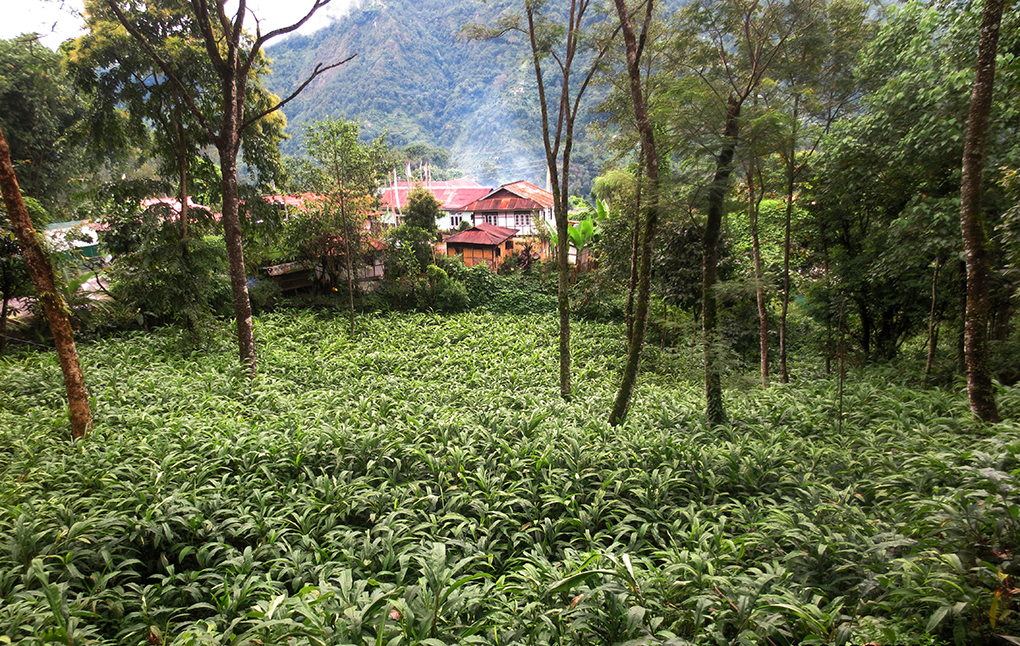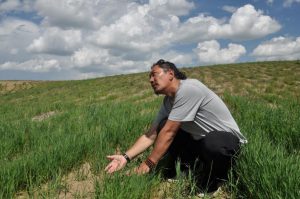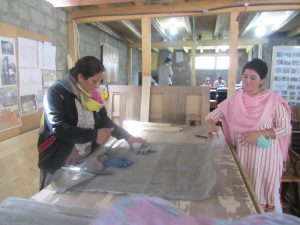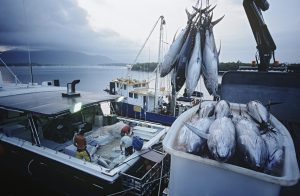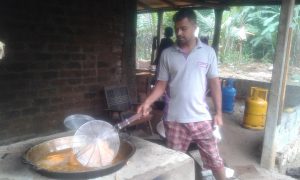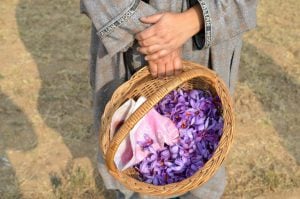What is the most important cash crop for smallholder farmers in the eastern Himalayas? No, it is not tea. It’s large cardamom.
The spice has specific growing conditions; loamy soil, moist and shady slopes that also get sunshine for some part of the day. Such a combination can only be found in eastern Nepal, southern Bhutan, Sikkim and the Darjeeling district of West Bengal, India.
Traditionally, large cardamom has grown wild in these hills, in soil considered unfit for cultivating food crops. Villagers have always known that they can get this spice free, and can sell what they don’t need.
But a combination of pests, deforestation and climate change have hit large cardamom plants, especially in Sikkim. The pest attacked the plant, deforestation meant lack of shade for the bushes, and climate change meant the water supply was now inconsistent – often too little, suddenly too much. As a result, the plant was almost wiped out.
When it disappeared, there were no roots to hold the soil together so it washed down to the bottom of the valley after every rainfall. Many lush hills of the eastern Himalayas started looking denuded.
That was when the International Centre for Integrated Mountain Development (ICIMOD) – a research organisation based in Kathmandu – started to develop “climate-resilient value chain development” for large cardamom as part of its Himalica programme.
With support from the European Union, we partnered with the Environment Conservation and Development Forum in Taplejung, Nepal, to develop 12 demonstration farms where farmers are taught climate-resilient practices to grow large cardamom. These site visits are complemented by training and on-site coaching from local farmers and technical experts from ECDF.
So, what are these climate resilient farming practices?
Weather smart practices
Selecting crop varieties based on weather trends (for example drought and/or frost tolerant). Weeds should be left intact until winter passes to prevent field frostbite, particularly on new plantations. Harvesting should be delayed when rainfall is predicted. Mulching can be used to protect the bases of bushes from snow.
- Soil and nutrients
Plant leguminous trees or shrubs for soil nutrients. Apply cow urine or jhomal as natural fertiliser and pesticide. Intercrop nitrogen-fixing pulses or beans to enrich the nutrient base. Thin out alder trees that are more than 15 years old or too close together. Use slashed pseudo-stems, weeds or leftover fodder resident with dung for mulching to conserve soil moisture. Plant marigolds in cardamom fields to control harmful insects. - Water
Dig several pits throughout the plantation to store water during the rainy seasons. Make water ponds above the plantation to improve soil moisture. Create plastic water ponds to hold water after the monsoon. Use sprinkler irrigation during dry periods at least twice a week. - Energy
Promote an improved dryer model that consumes less fuelwood and emits less carbon. Use hard wood species such as chilaune and katus that provide more heat when burned. Monitor flames consistently while drying cardamom pods and reshuffle the capsules to improve the moisture content. - Knowledge
Using mobile phones, promote information on market prices and distribute weather and crop advisory services. Work in groups and cooperatives. Facilitate buyer-seller meetings and buy-back arrangements, and engage producers’ groups in collective business enterprises.
Besides farm demonstrations, Himalica also focuses on issues of post-harvest processing, packaging, and providing more efficient paths to markets where these products can find a larger consumer base – this is important as the price of large cardamoms has plunged almost threefold in the last three years, making it crucial for farmers to do the marketing, instead of selling to middlemen.
In Taplejung alone, more than 400 households have adopted some of the practices on display in these demonstration plots and are reporting positive returns on their investments. The approach can be replicated in any of the value chains throughout the Hindu Kush Himalayas and beyond. Individual practices can also be easily adapted and adopted by local communities in other areas.
- This will be one of the topics under discussion next month at ICIMOD’s upcoming conference – Resilient Hindu Kush Himalaya: Developing Solutions towards a Sustainable Future for Asia – in Kathmandu from December 3 to 6.
